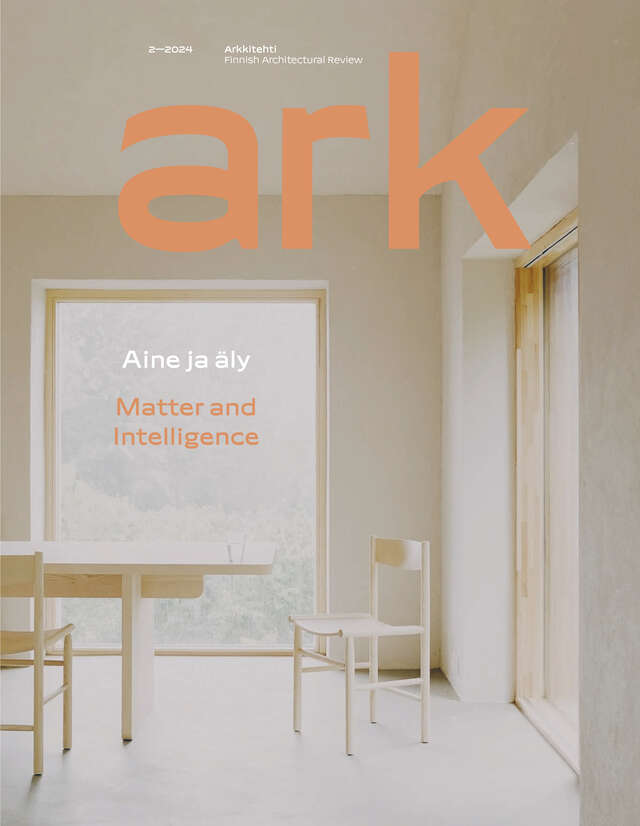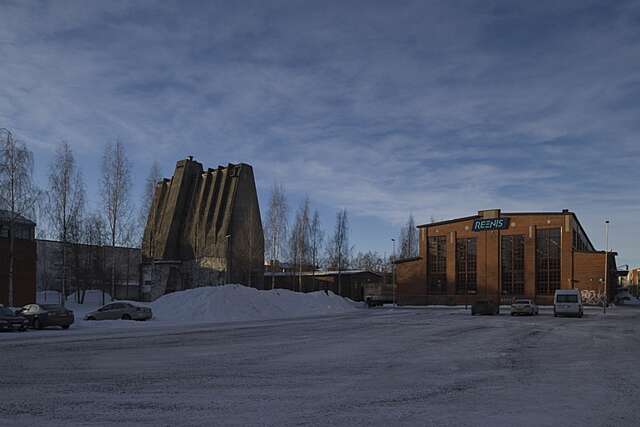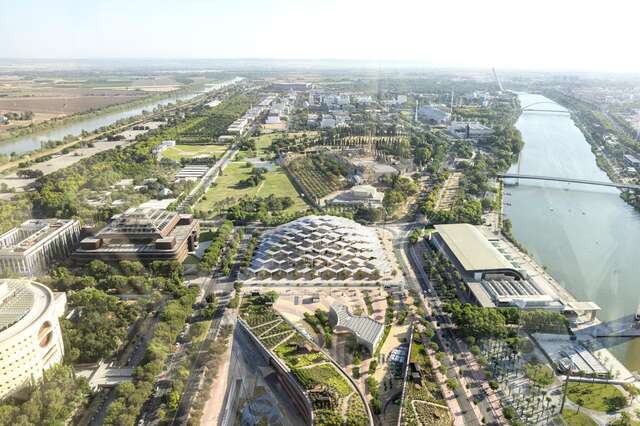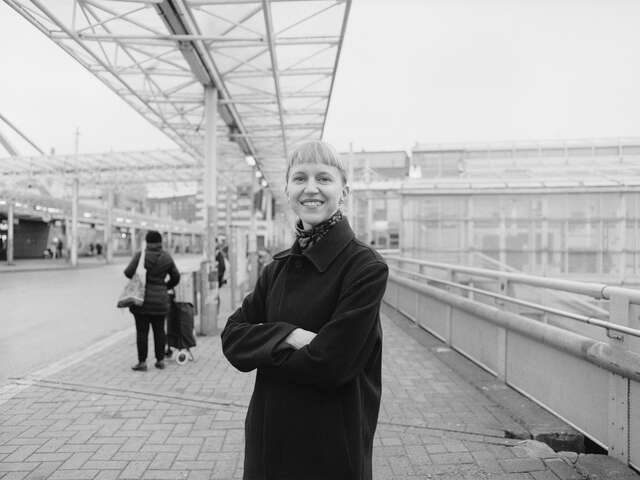Latest issue of Ark magazine explores the impact of AI and the development of building materials on architecture

Finnish Architectural Review
The "Matter and Intelligence" issue of the Finnish Architectural Review, which came out this week, looks at the impact of artificial intelligence on architecture and how the climate crisis is changing the material selections in architecture.
Both digitalisation and the development of materials are currently influencing the work of architects. In the latest issue of the Finnish Architectural Review, experts shed light on the current potential of artificial intelligence to promote the circular economy and help creative work, among other things.
"At best, AI-assisted analytics will increase the factual basis of design and give more room for value-based discussions," writes architect Niko Kautonen, who is conducting doctoral research on the possibilities and challenges of using AI in different stages of urban planning processes. There are also many challenges: Ville Paananen, doctoral researcher of computer science with a Bachelor degree in architecture, points to the unethical practices of AI companies and the high climate emissions of data centres. A total of six texts discuss the impact of AI on architecture.
Another theme of the issue looks at how the need to develop low-carbon and longer-lasting alternatives to existing building materials has led to the renewal of production methods and material innovations as well as the revival of technologies that have been marginalised since industrialisation.
Pekka Hänninen, an architect specialising in ecologically sustainable construction, explains which materials are currently the best choice for building to save natural resources and minimise emissions. Seela Pentikäinen, a member of the You Tell Me collective of young architects, talks with Satu Ratinen, an architect specialised in a circular economy approach to design, and Isa Kukkapuro-Enbom, a fashion designer and the co-founder of the Trash Design collective, about what it is like to use discarded materials in design work. In Berlin, architect and critic Tarja Nurmi visits a house built on circular economy principles in a former brewery warehouse.
The building projects featured in the issue illustrate the forms that rethinking materials has taken in contemporary Finnish architecture. For example, a block of flats designed by architects Kirsi Korhonen and Mika Penttinen's office and fitting in with the functionalist buildings in the Töölö district of Helsinki, is made of monolithic clay blocks, while the terraced house by Livady Architects in Huopalahti is made of so called wave layered timber, a new type of a solid wood element. The Huopalahti Residential Barracks is also featured in the Finnish Architecture Navigator.
The issue's third featured building in Helsinki is in Honkasuo, a terraced house built of log and designed by Rakennusasiaintoimisto Aarre, which has attracted a lot of positive attention on social media. The exterior walls of a detached house designed by Collaboratorio in Inkoo are made of straw elements using agricultural surplus straw, while a CLT-built day-care centre in Oulu designed by MUUAN has a roof shape that has references in vernacular architecture. The magazine also features a sauna building designed by AOR Architects for an island in the Lake Päijänne in Luhanka, with a core frame sawed from logs felled from its own forest.
Read more at ark.fi.


